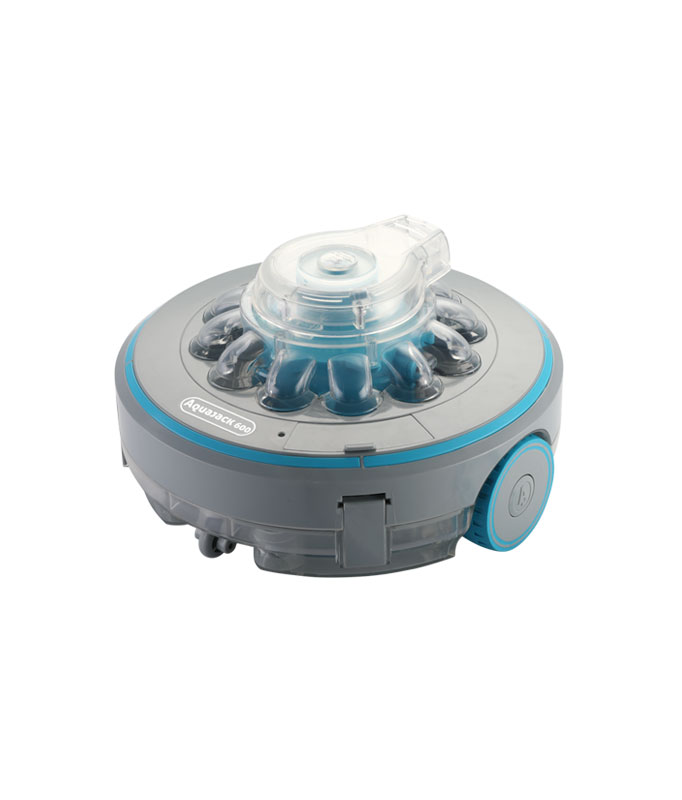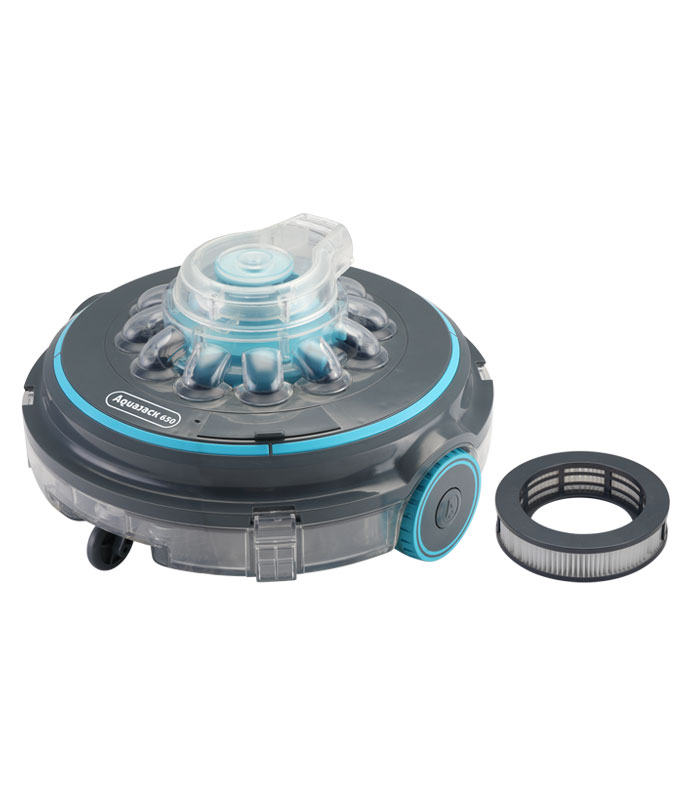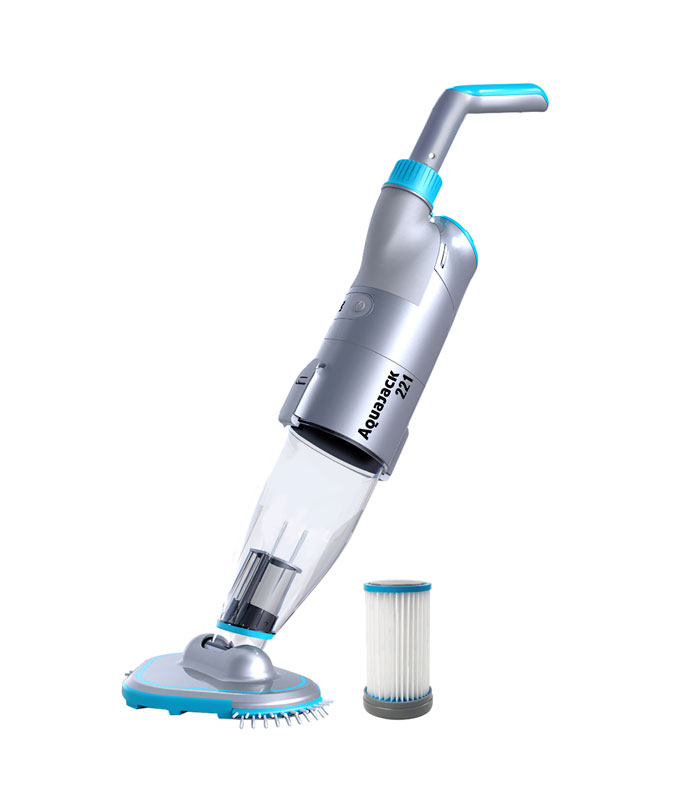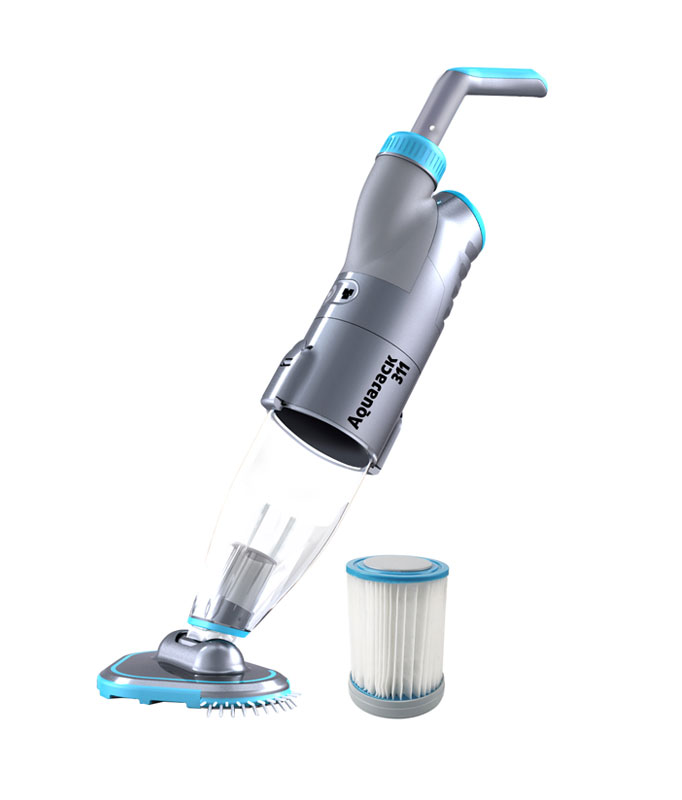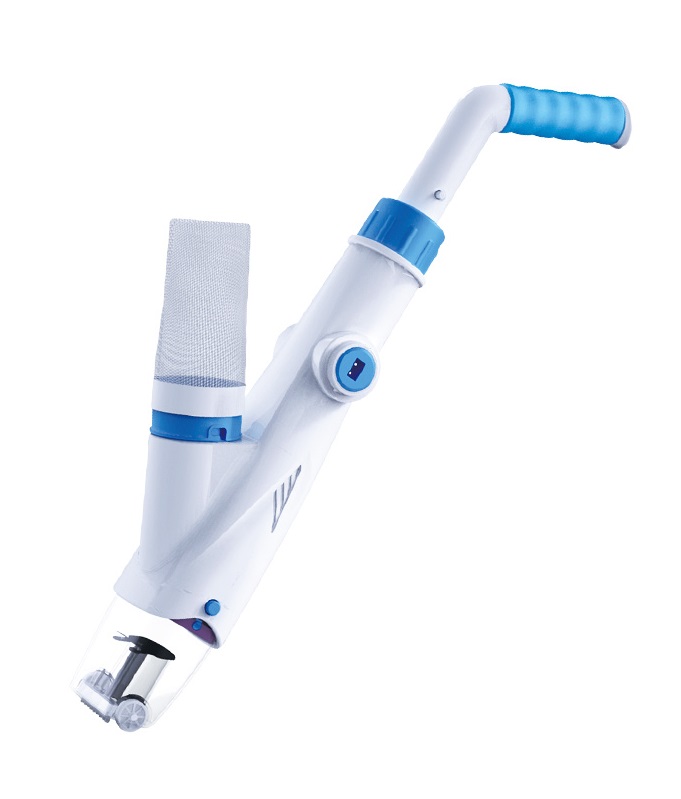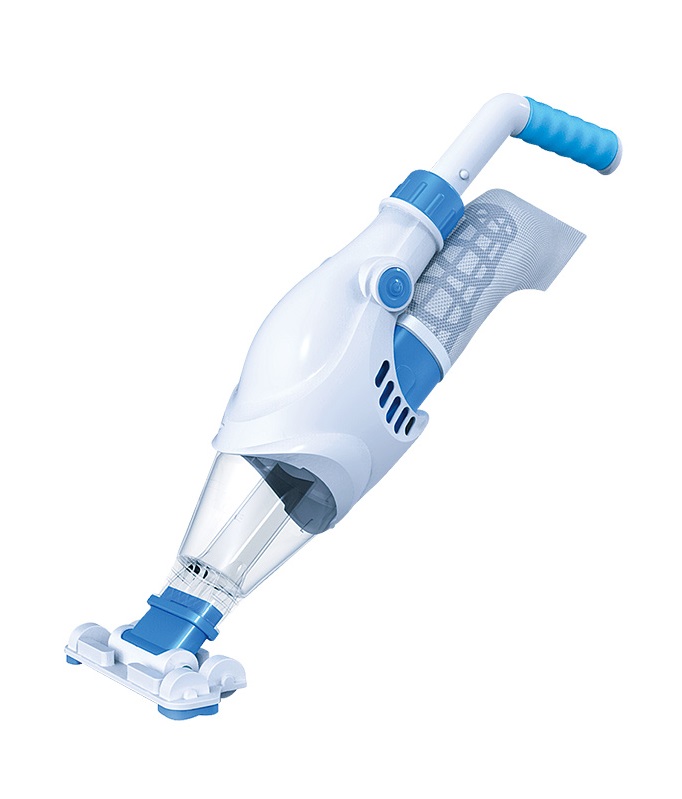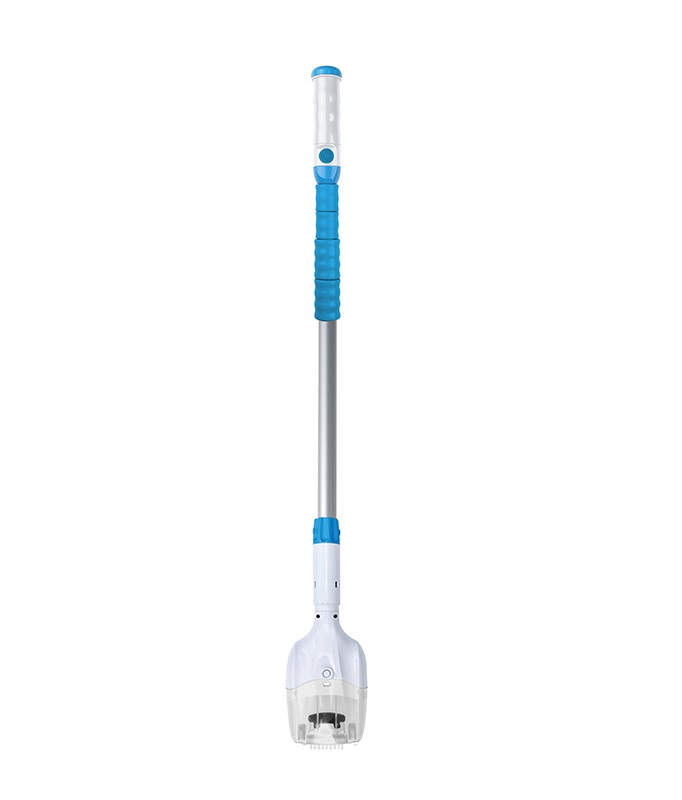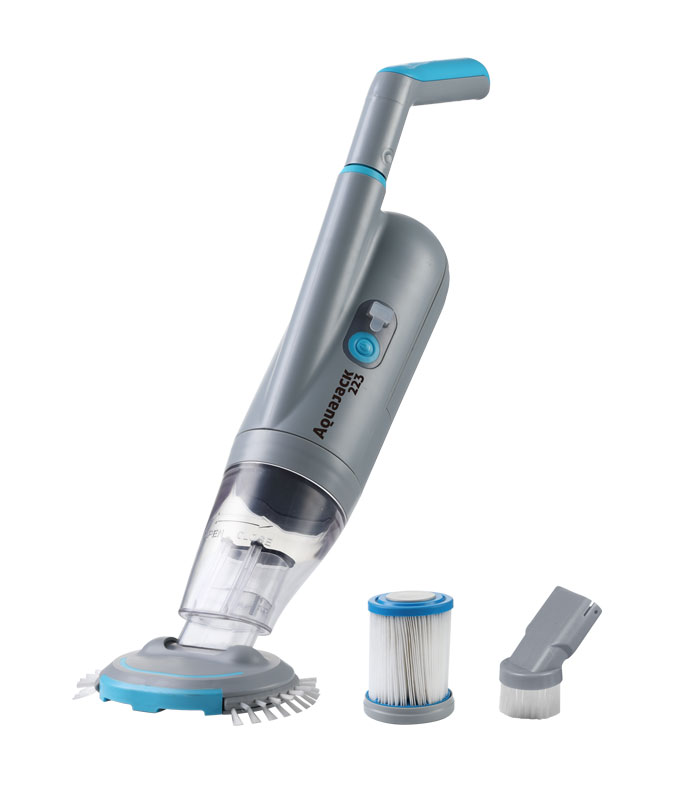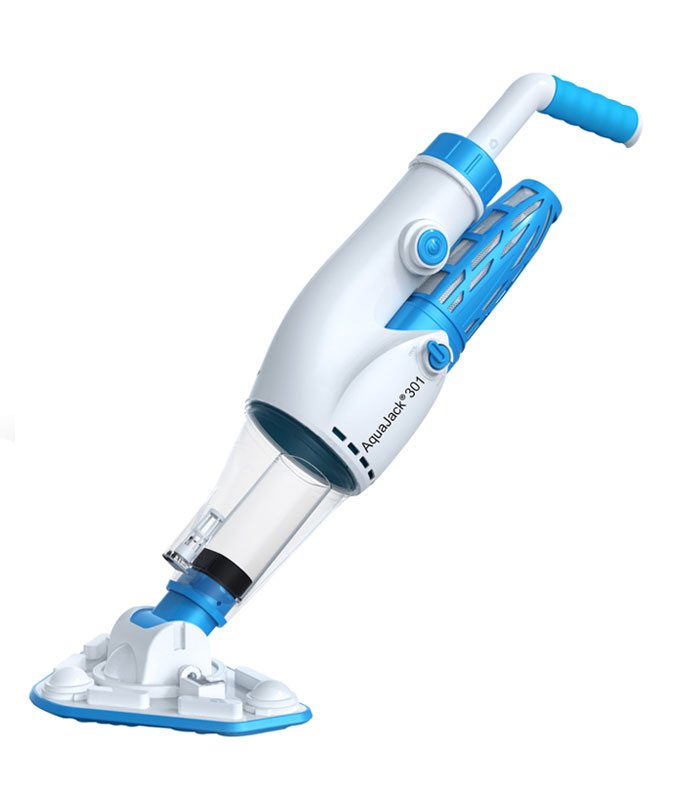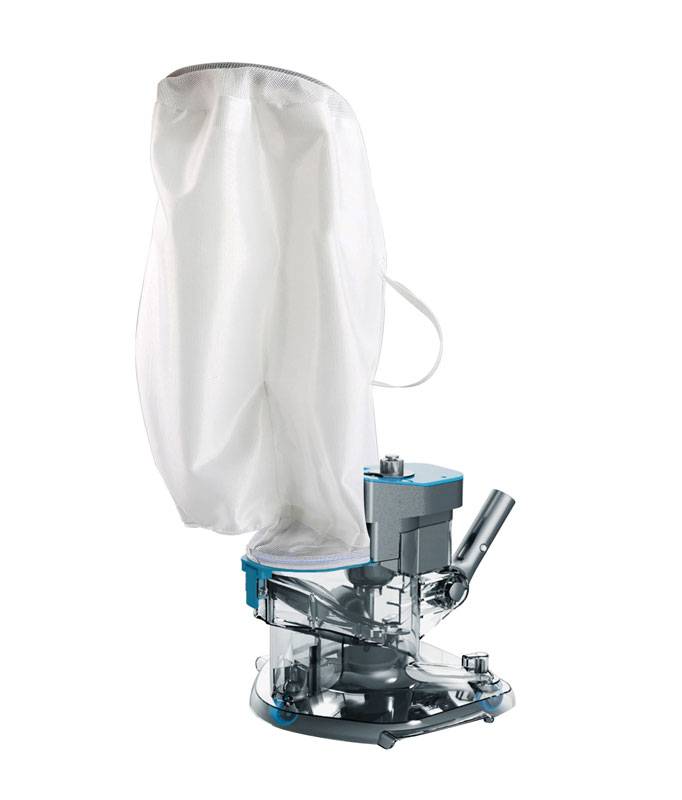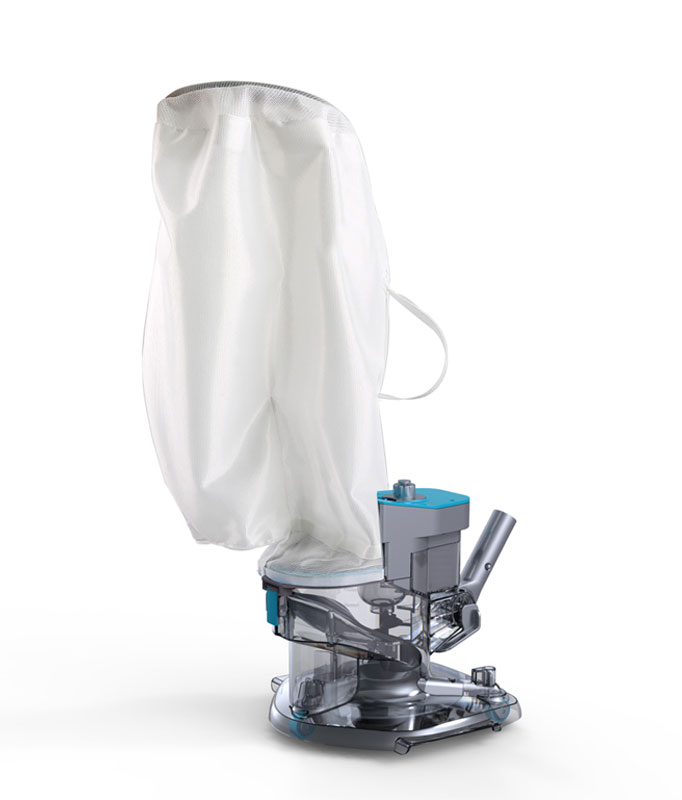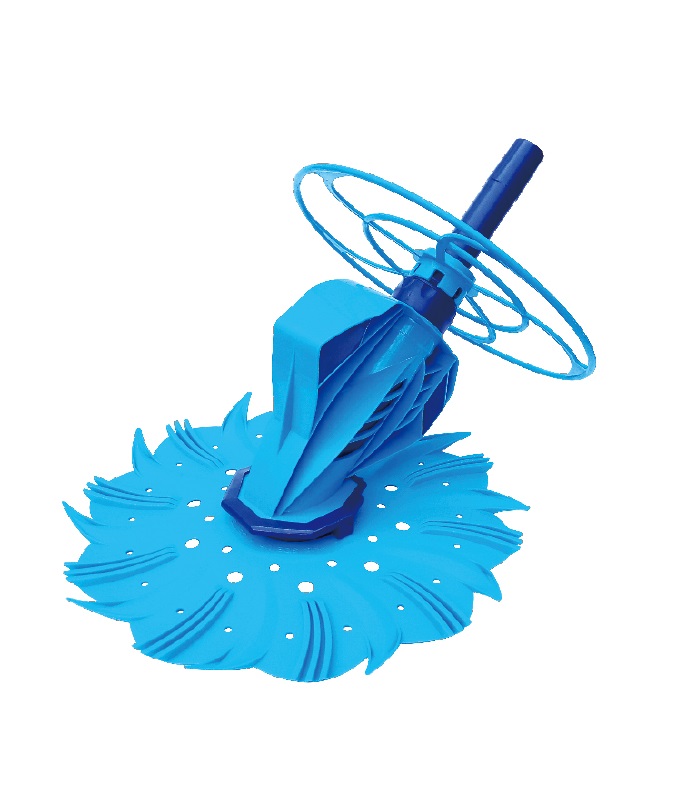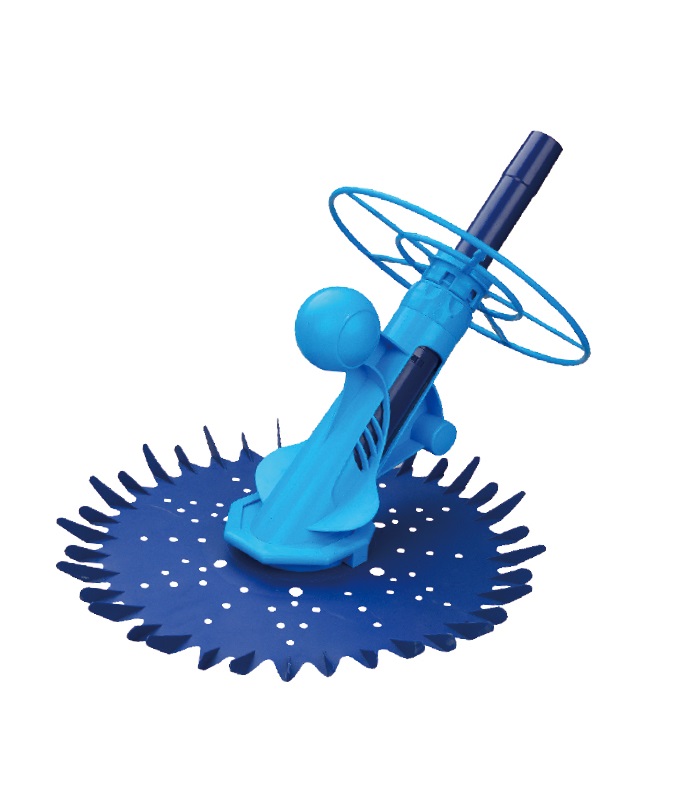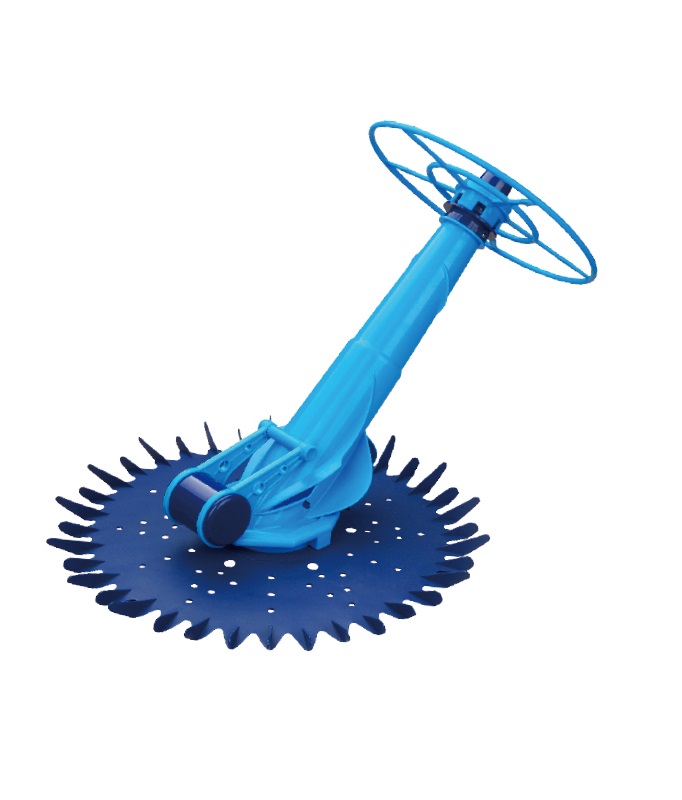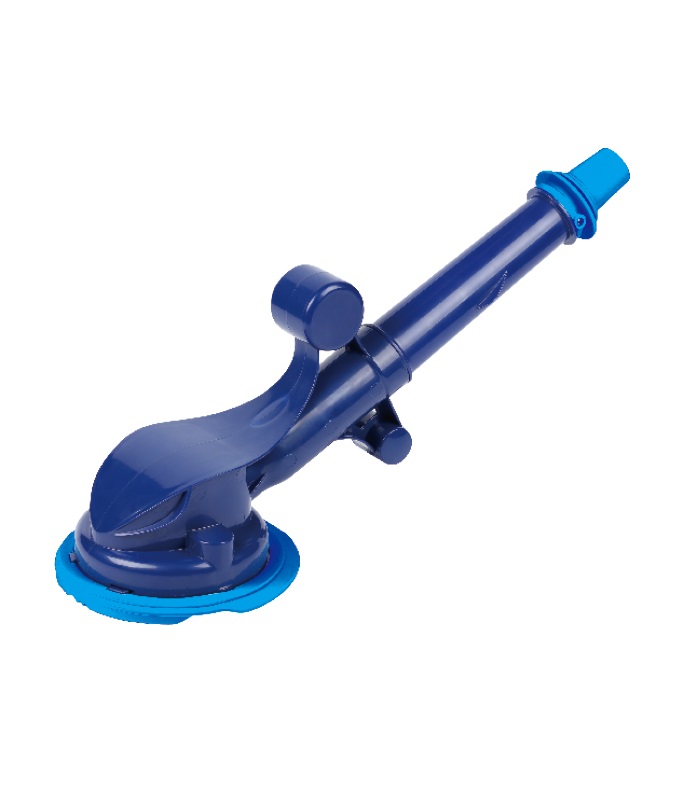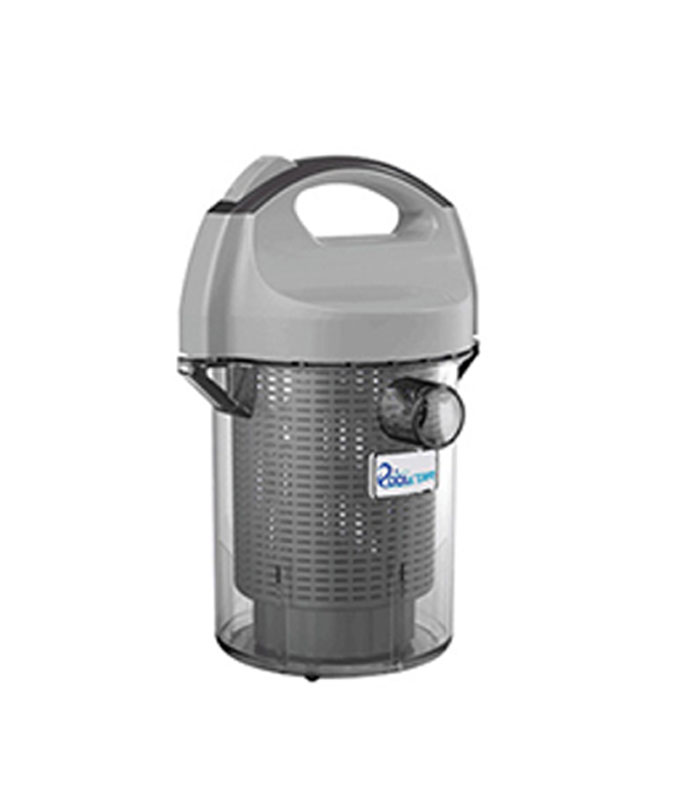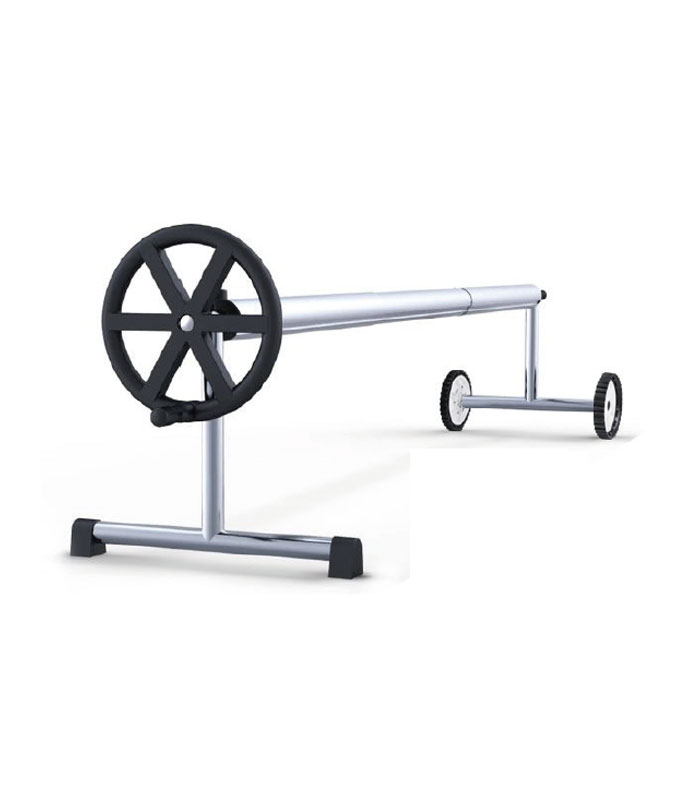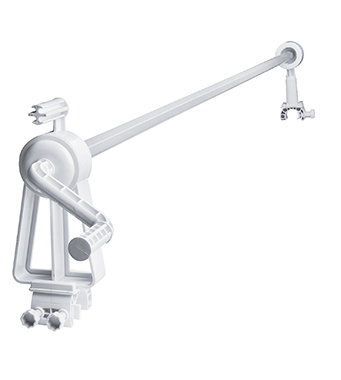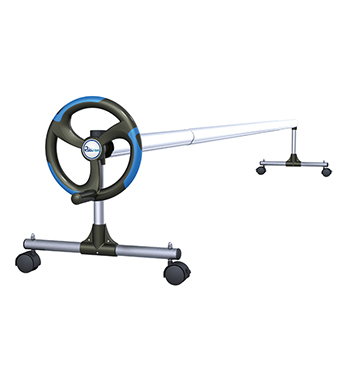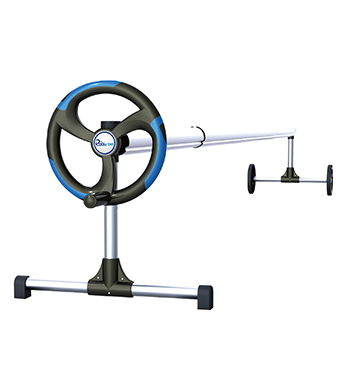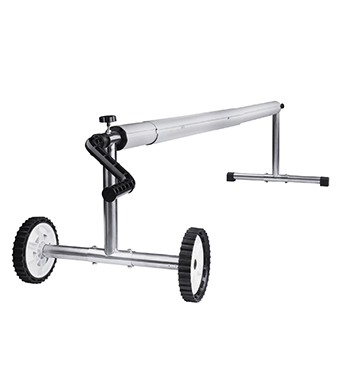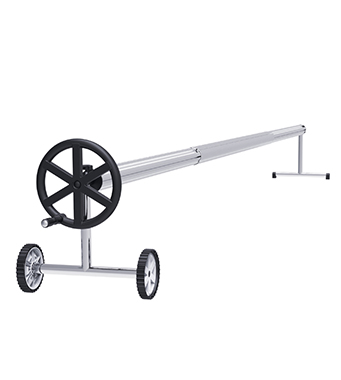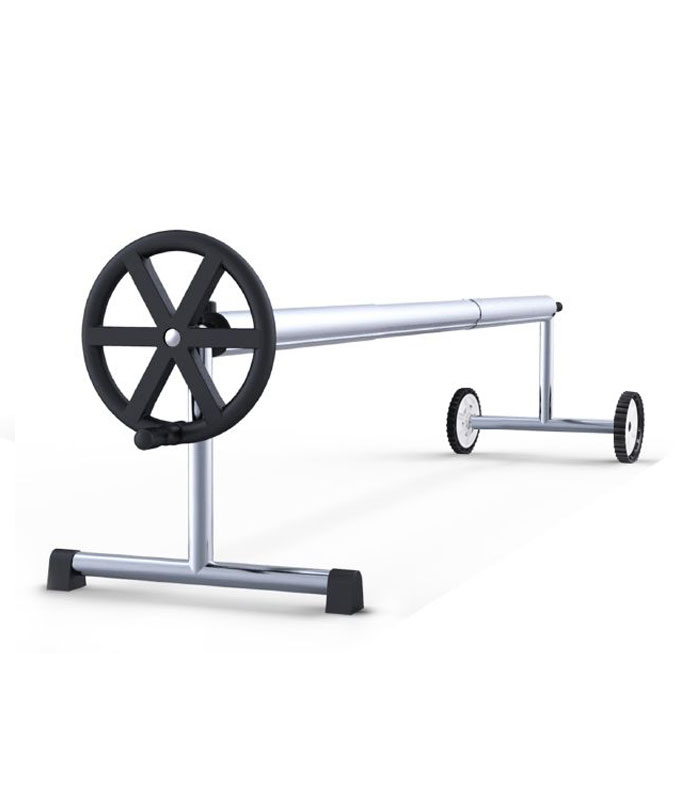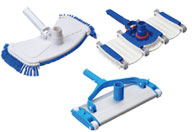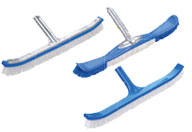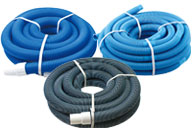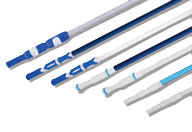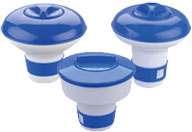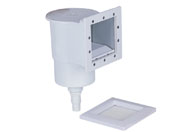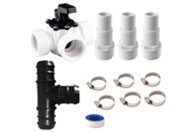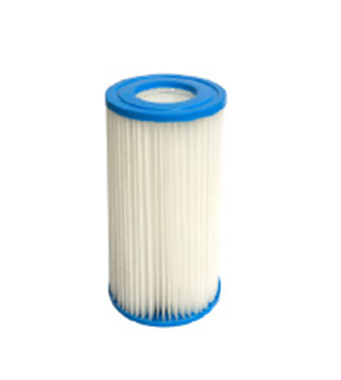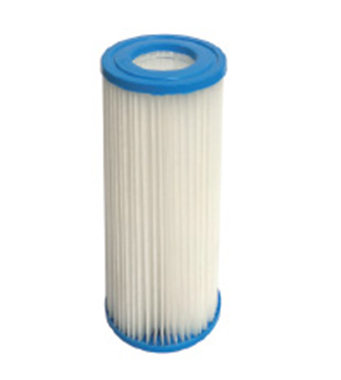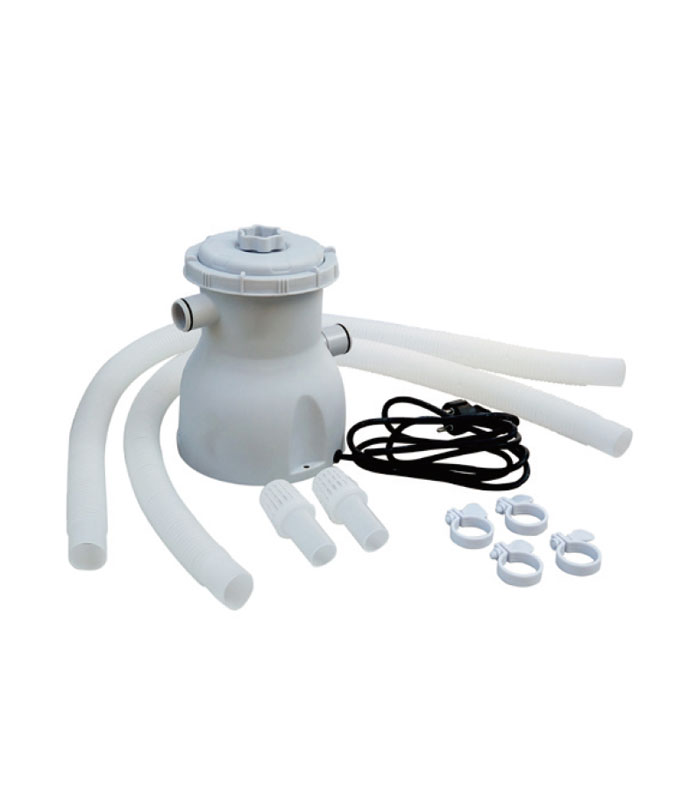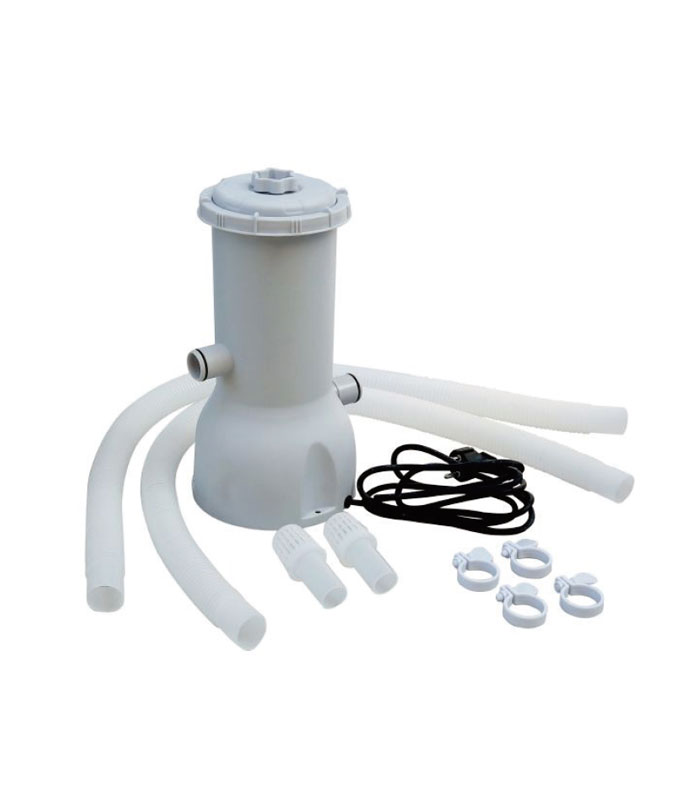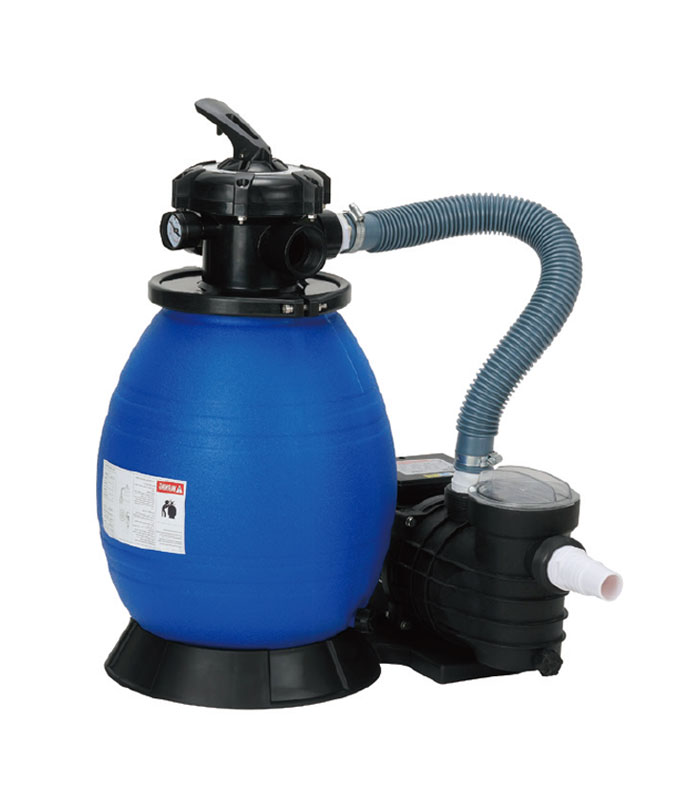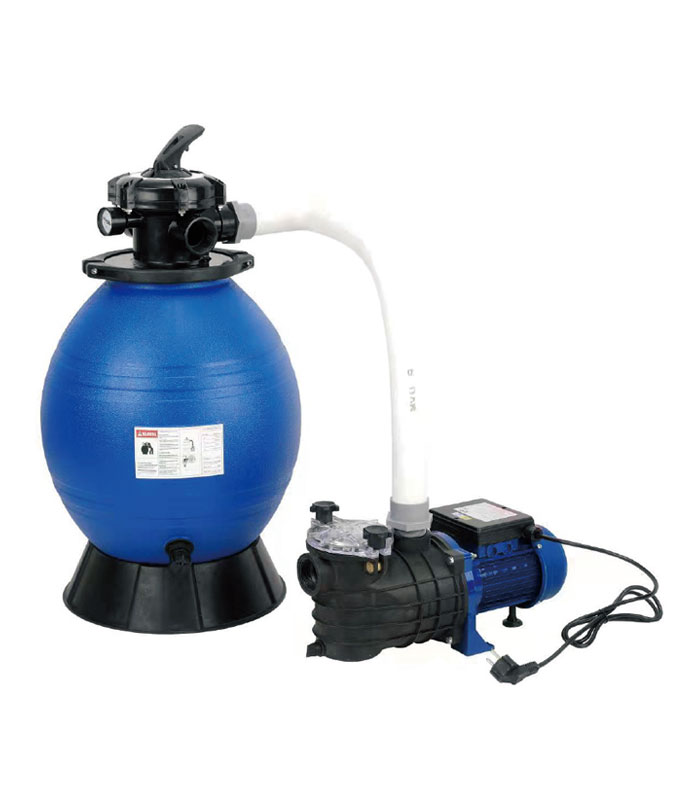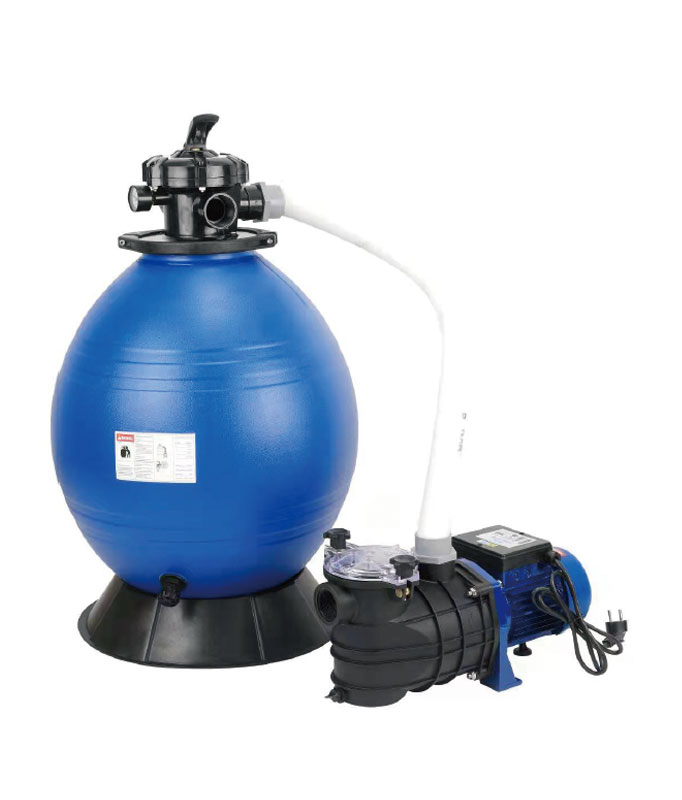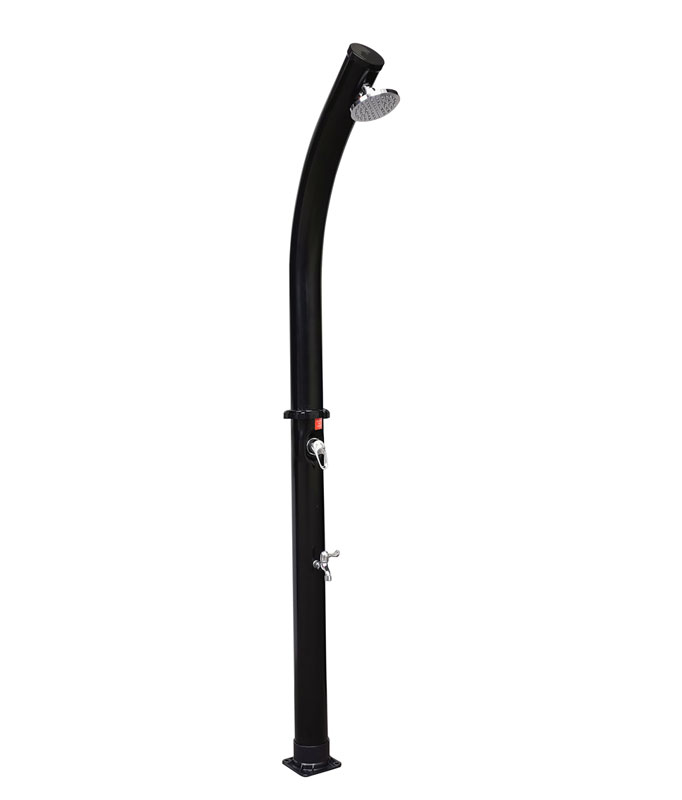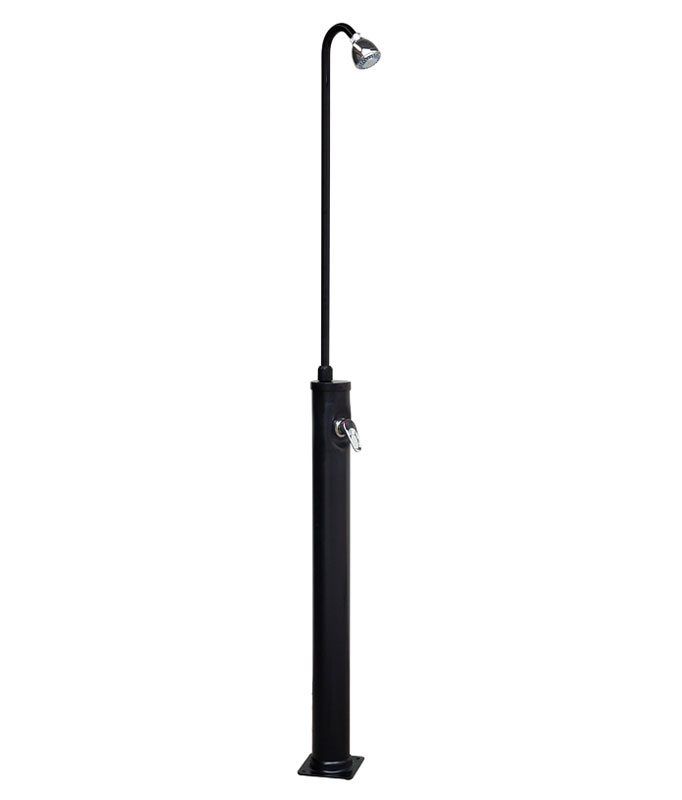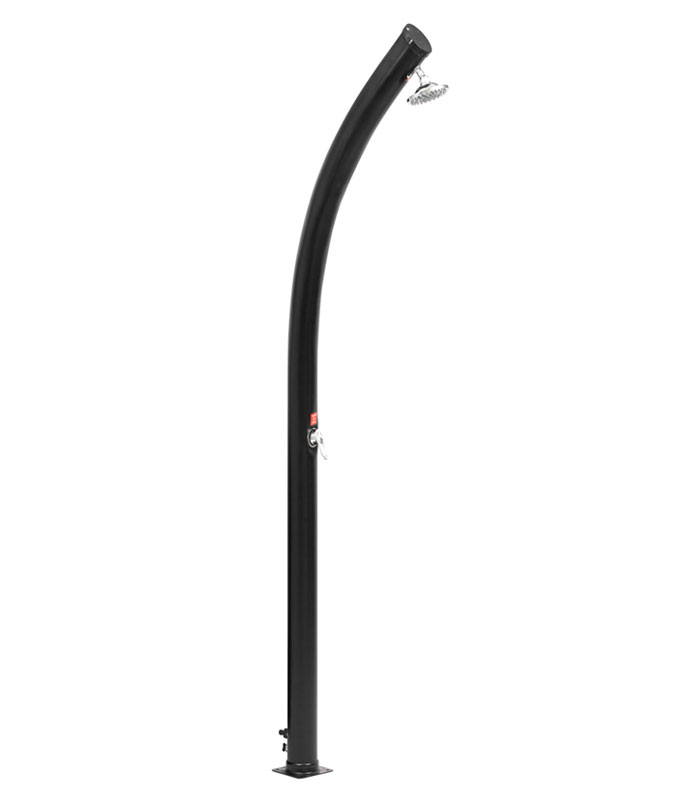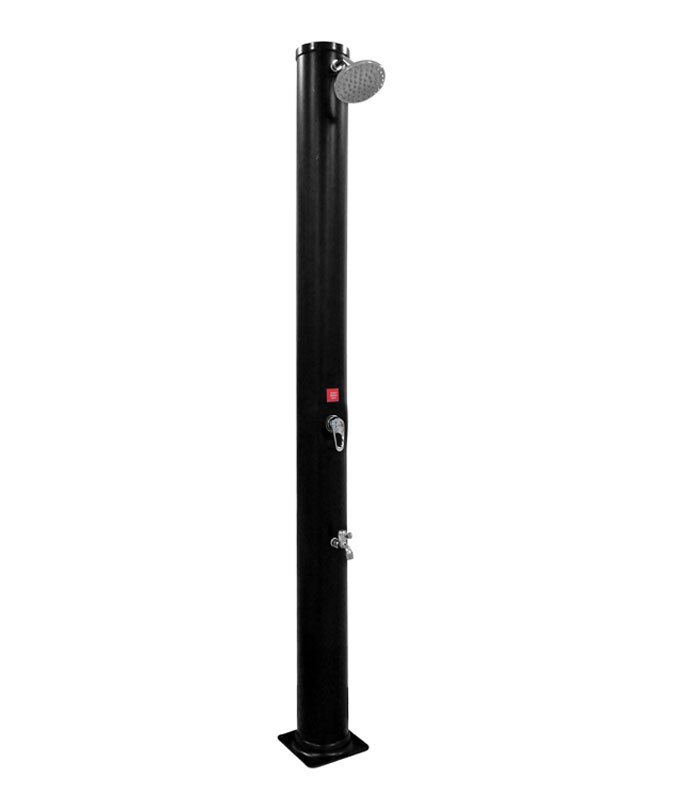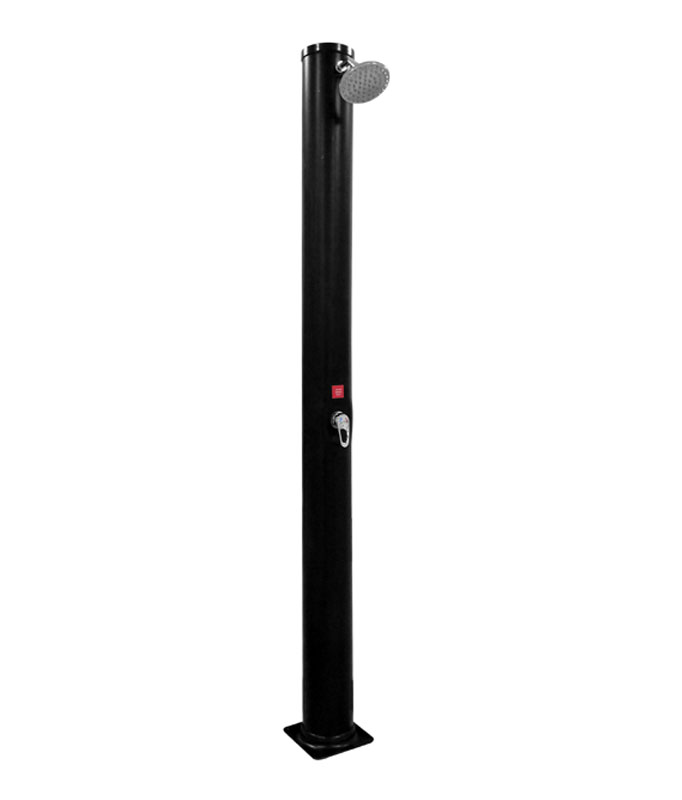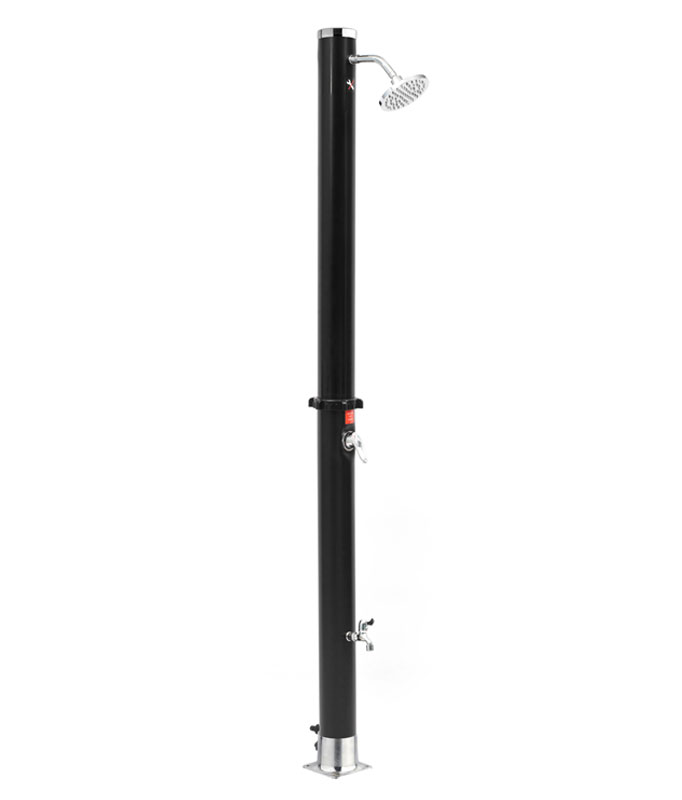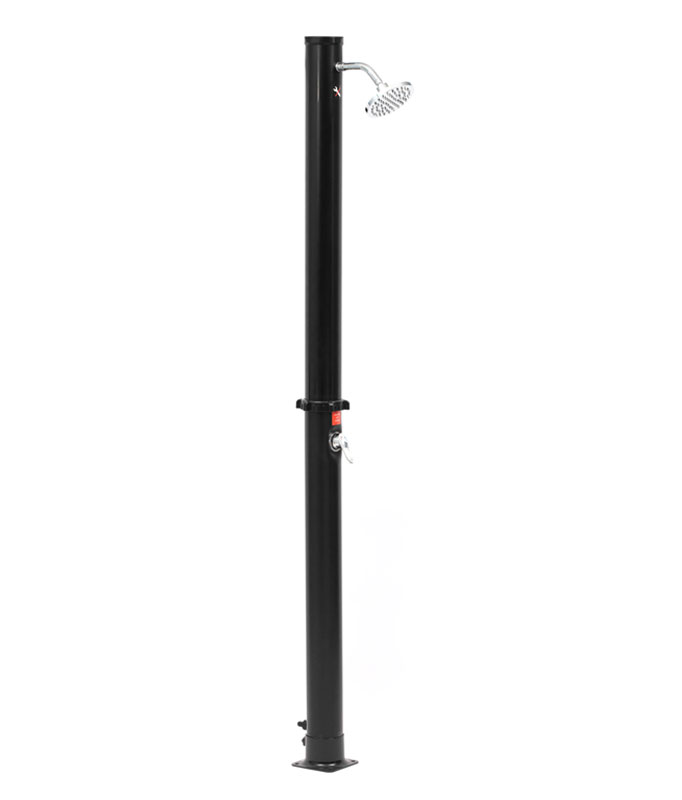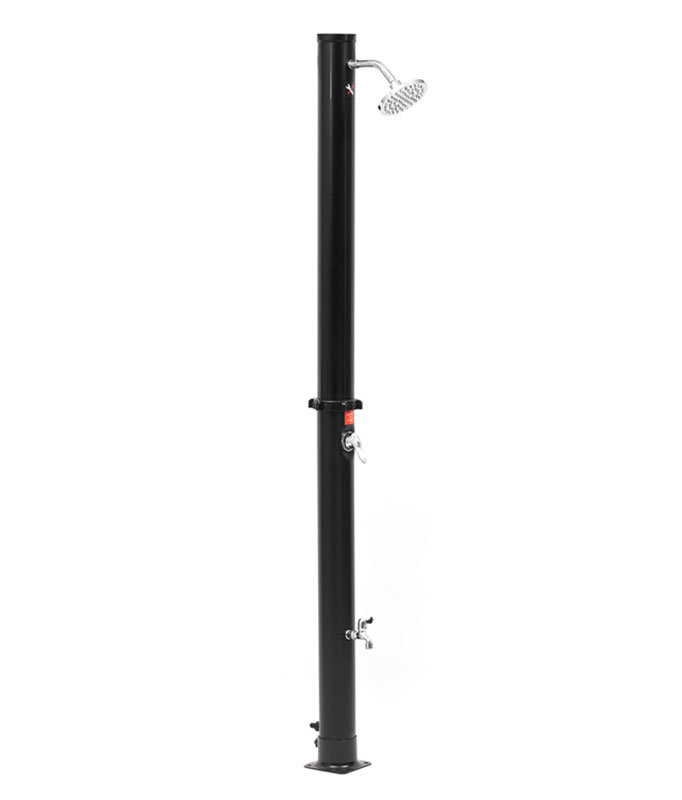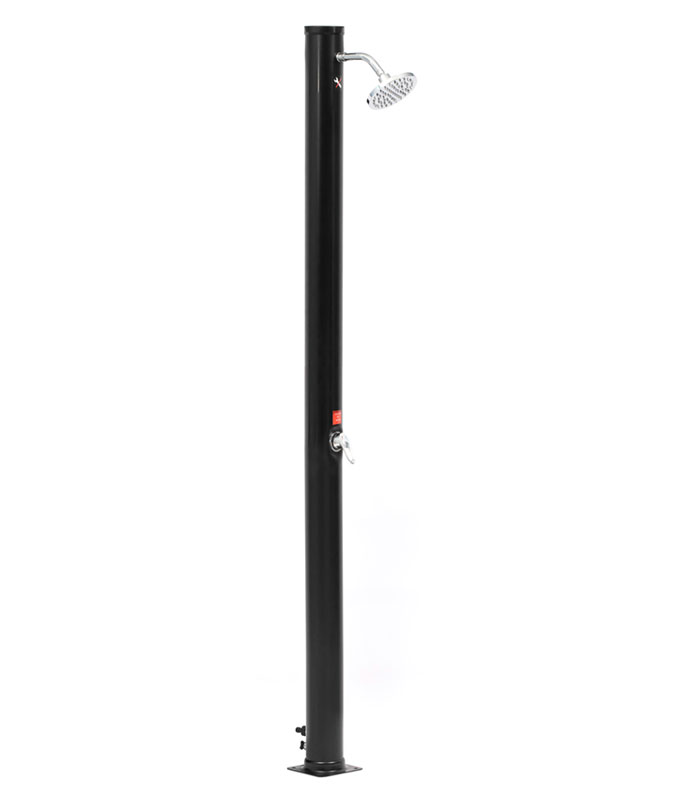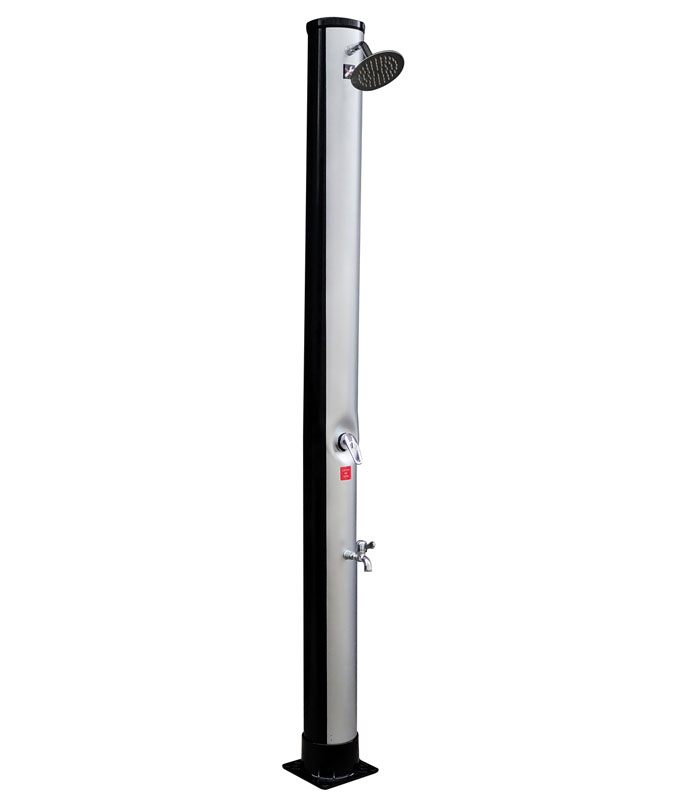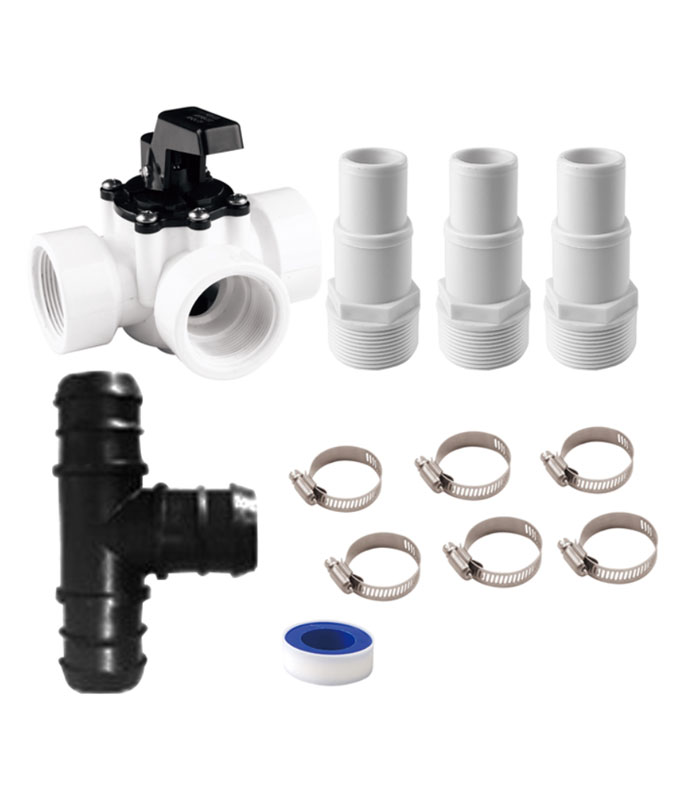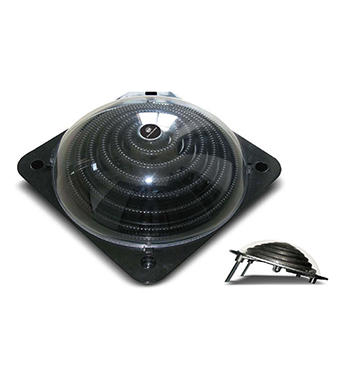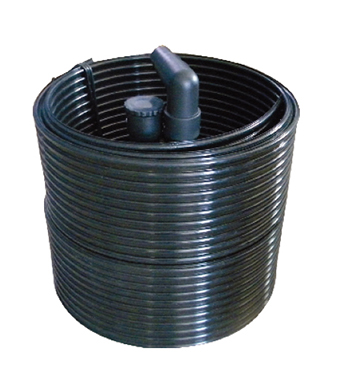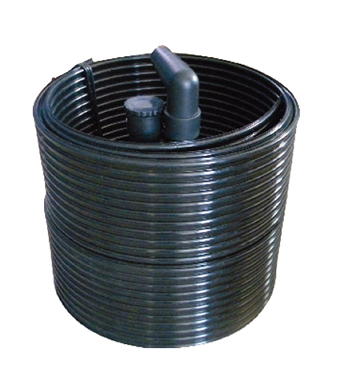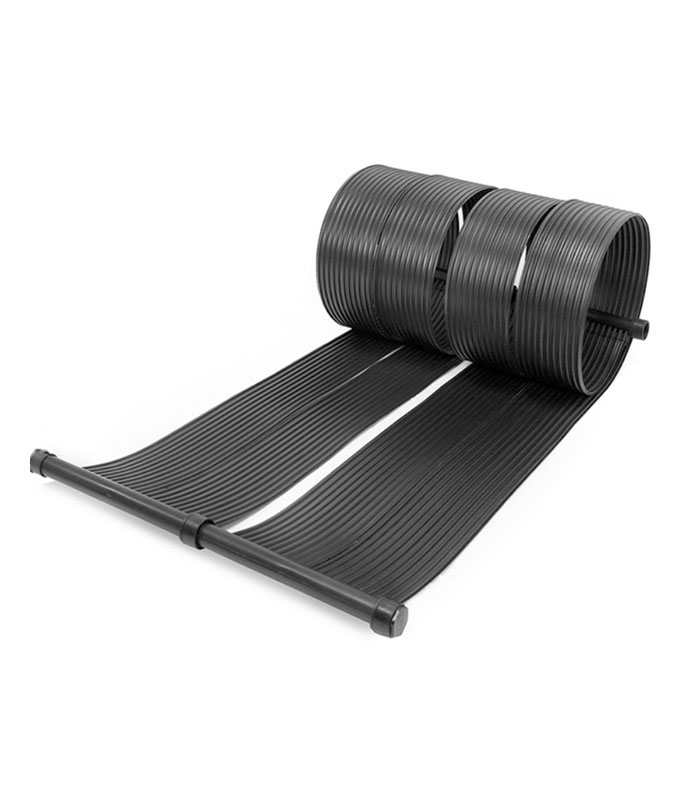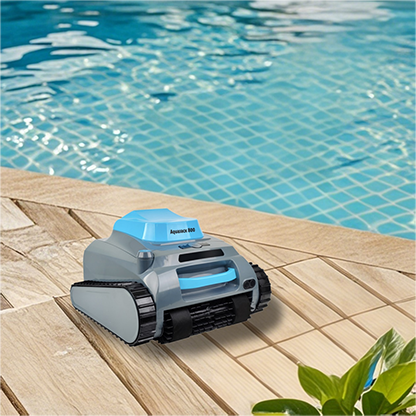
Keeping your pool clean is essential, but deciding how to do it can be tricky. Should you rely on robotic pool cleaners or stick with human cleaning? Each option has its strengths and weaknesses. Understanding these differences helps you make the right choice for your pool. For a detailed cleaning speed comparison: robot pool cleaner vs human, check out options like the AquaJack600 robotic pool cleaner at
https://www.cnpoolstar.com/product/aquajack600-robotic-pool-cleaner-2.html.
Key Takeaways
- Robotic pool cleaners save time and work. They clean by themselves, so you can do other things.
- Human cleaning gives personal care. You can fix problem spots and change how you clean based on your pool's needs.
- Think about long-term costs. Robots cost more at first but save money later compared to hiring cleaners.
Advantages of Robotic Pool Cleaners
Time-Saving and Automation
Imagine never having to spend hours scrubbing your pool or fishing out debris. Robotic pool cleaners take care of all that for you. These devices work on their own, so you can focus on other things while your pool gets cleaned. Just set it up, press a button, and let it do its job.
Tip: If you’re someone who values your time, a robotic pool cleaner can be a game-changer. It’s like having a personal assistant for your pool!
Some models even come with programmable schedules. This means you can set them to clean your pool at specific times, even when you’re not home. You’ll always come back to a sparkling pool without lifting a finger.
Consistent and Thorough Cleaning
Let’s face it—when you clean your pool manually, it’s easy to miss a spot. Robotic pool cleaners don’t have that problem. They’re designed to clean every inch of your pool, from the floor to the walls and even the waterline.
These machines use advanced algorithms to map out your pool and ensure no area gets overlooked. Plus, they don’t get tired or distracted, so the cleaning quality stays consistent every time.
- Key Features That Ensure Thorough Cleaning:
- Powerful suction to remove dirt and debris.
- Brushes that scrub away algae and grime.
- Filters that trap even the tiniest particles.
With a robotic cleaner, you can trust that your pool will always look its best.
Energy Efficiency and Eco-Friendliness
You might think a robotic pool cleaner uses a lot of energy, but that’s not the case. These devices are surprisingly efficient. They consume less electricity than traditional pool pumps, which means they’re better for the environment and your wallet.
Did You Know? Some robotic pool cleaners are designed to use minimal water during operation, reducing waste and conserving resources.
By choosing an energy-efficient model, you’re not just saving money—you’re also doing your part to protect the planet. It’s a win-win!
Advanced Features for Better Maintenance
Robotic pool cleaners aren’t just about cleaning; they’re about making pool maintenance easier for you. Many models come with advanced features that take the hassle out of keeping your pool in top shape.
Here are some cool features you might find:
- Smart Sensors: These detect obstacles and adjust the cleaner’s path to avoid getting stuck.
- App Control: Some cleaners let you control them from your smartphone. You can start, stop, or schedule cleanings with just a few taps.
- Self-Cleaning Filters: These make it easier to maintain the cleaner itself, saving you even more time.
With these features, robotic pool cleaners do more than just clean—they make owning a pool more enjoyable and less stressful.
Disadvantages of Robotic Pool Cleaners
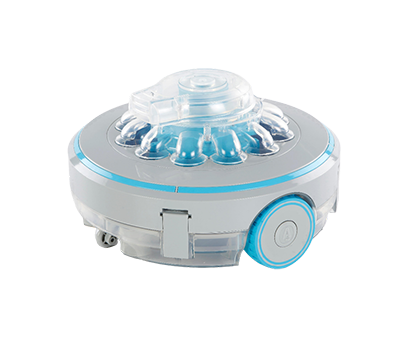
High Initial Investment
Robotic pool cleaners can feel like a big splurge. Their upfront cost is significantly higher than traditional cleaning tools or hiring someone for manual cleaning. Depending on the model, you might spend anywhere from a few hundred to over a thousand dollars. That’s a lot to shell out at once, especially if you’re on a tight budget.
Note: While the initial price may seem steep, consider it an investment. Over time, the savings on professional cleaning services and reduced energy use might balance things out.
Still, if you’re not ready for that kind of financial commitment, this could be a dealbreaker.
Maintenance and Repairs
Like any machine, robotic pool cleaners need regular maintenance. Filters need cleaning, brushes wear out, and sometimes parts break. If something goes wrong, repairs can get pricey, especially if the warranty has expired.
You’ll also need to keep an eye on the device to ensure it’s working properly. While it’s not as time-consuming as manual cleaning, it’s still something to think about.
Limited Effectiveness in Certain Scenarios
Robotic cleaners aren’t perfect for every pool. If your pool has unusual shapes, tight corners, or lots of stairs, the cleaner might struggle to reach those areas. Some models also have trouble with very fine debris, like sand or silt.
If your pool has unique features, you might still need to do some manual touch-ups.
Dependence on Electricity
Robotic pool cleaners rely entirely on electricity. If there’s a power outage or your outdoor outlets aren’t convenient, you’re out of luck. Plus, you’ll need to ensure the device is plugged in safely to avoid any electrical hazards.
Tip: Always use a grounded outlet and follow the manufacturer’s safety guidelines to prevent accidents.
While these drawbacks might not be dealbreakers for everyone, they’re worth considering before making a purchase.
Benefits of Human Cleaning
Personalized Attention to Detail
When you clean your pool yourself or hire someone, you can focus on the little things that matter. You know your pool better than any machine. Maybe there’s a stubborn stain on the steps or a tricky corner where debris always collects. A human touch ensures these areas get the attention they need.
Why it matters: Robotic cleaners follow a programmed path, but they can’t spot specific problem areas like you can. Your personal touch makes all the difference.
You can also adjust your cleaning approach based on the pool’s condition. Whether it’s a quick skim or a deep scrub, you’re in control.
Ability to Address Unique Pool Issues
Every pool is different. Some have unusual shapes, while others might have features like waterfalls or built-in seating. A human cleaner can adapt to these unique challenges. You can handle tasks that robotic cleaners might struggle with, like cleaning tight corners or removing fine debris.
- Examples of unique issues you can tackle:
- Algae buildup in hard-to-reach spots.
- Leaves stuck in the skimmer basket.
- Adjusting chemical levels based on water clarity.
By addressing these specific needs, you ensure your pool stays in top condition.
No Upfront Equipment Costs
One of the biggest perks of human cleaning is that you don’t need to invest in expensive equipment. You can use basic tools like a pool net, brush, and vacuum. If you hire a professional, they usually bring their own gear, so you don’t have to worry about buying anything.
Tip: If you’re on a budget, manual cleaning is a cost-effective way to keep your pool clean without breaking the bank.
This approach lets you save money upfront while still maintaining a sparkling pool.
Flexibility in Cleaning Schedule
With human cleaning, you’re not tied to a machine’s schedule. You can clean your pool whenever it’s convenient for you. Got guests coming over? You can give your pool a quick once-over before they arrive. Notice some debris after a windy day? You can take care of it right away.
This flexibility is especially helpful if your pool gets dirty often. You don’t have to wait for a robotic cleaner to finish its cycle. You can jump in and get the job done on your terms.
Bonus: Cleaning your pool yourself can even be a relaxing activity. It’s a chance to enjoy the outdoors and take pride in your work.
Drawbacks of Human Cleaning
Time-Consuming and Labor-Intensive
Cleaning a pool by hand takes a lot of time and effort. You’ll need to skim the surface, scrub the walls, vacuum the floor, and clean out the filters. If your pool is large or gets dirty often, this can feel like a never-ending chore.
Think about this: Instead of enjoying your pool, you might spend hours maintaining it. That’s time you could use for relaxing or doing something you love.
Manual cleaning also requires consistency. Skipping a few days can lead to algae buildup or cloudy water, which takes even more time to fix.
Inconsistent Cleaning Quality
Let’s be honest—manual cleaning doesn’t always deliver perfect results. You might miss spots or forget to clean certain areas. It’s easy to overlook the waterline or those tricky corners where debris collects.
- Common issues with manual cleaning:
- Uneven scrubbing of walls.
- Debris left behind in hard-to-reach places.
- Inconsistent chemical balance.
Without a set routine or professional training, it’s tough to achieve the same level of cleanliness every time.
Long-Term Costs of Hiring Professionals
Hiring a pool cleaning service might seem like a good idea, but it adds up over time. Weekly or bi-weekly visits can cost hundreds of dollars a month. Over a year, that’s a significant expense.
Tip: If you’re on a budget, relying on professionals might not be the most cost-effective option.
While they save you time, the recurring costs can strain your wallet in the long run.
Physical Effort Required
Pool cleaning isn’t just time-consuming—it’s also physically demanding. You’ll need to bend, stretch, and lift heavy tools like vacuums and skimmers. Scrubbing the walls and floor can be especially tiring, especially if you’re not used to physical labor.
For some people, this level of effort can lead to back pain or muscle strain. If you’re looking for a low-effort solution, manual cleaning might not be the best fit.
Bottom line: Cleaning your pool by hand can feel like a workout, but not the fun kind!
Cleaning Speed Comparison: Robot Pool Cleaner vs Human
Time Efficiency of Robotic Cleaners
Robotic pool cleaners are designed to save you time. Once you set them up, they handle the cleaning process on their own. Most models can clean an average-sized pool in about 1-2 hours. That’s much faster than doing it by hand. You don’t have to stand there and supervise either. While the robot works, you can relax or focus on other tasks.
Some advanced models even have smart mapping features. These allow the cleaner to calculate the most efficient cleaning path. This means no wasted time going over the same spot twice. If you’re looking for a quick and hassle-free way to clean your pool, robotic cleaners are hard to beat.
Fun Fact: Some robotic cleaners can even climb walls and clean the waterline, saving you even more time!
Manual Cleaning Speed and Effort
Manual cleaning, on the other hand, takes a lot more time and effort. Depending on the size of your pool, it could take you anywhere from 2 to 4 hours to get the job done. You’ll need to skim the surface, scrub the walls, and vacuum the floor. If your pool has tricky corners or stairs, it might take even longer.
Unlike robotic cleaners, manual cleaning requires your full attention. You can’t just set it and forget it. Plus, it’s easy to miss spots, which means you might have to go back and clean again. When comparing the cleaning speed of a robot pool cleaner vs human effort, the robot clearly wins in terms of efficiency.
Tip: If you prefer a hands-on approach, try breaking the cleaning into smaller tasks over a few days to make it less overwhelming.
Direct Comparison: Robotic Pool Cleaners vs Human Cleaning
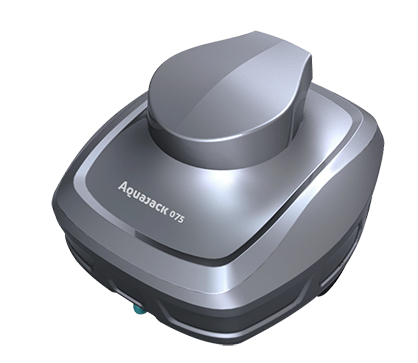
Cost: Upfront vs Long-Term Expenses
When it comes to cost, robotic pool cleaners and human cleaning have very different financial implications. A robotic pool cleaner requires a significant upfront investment. Depending on the model, you could spend anywhere from $500 to $1,500. While this might seem like a lot, it’s a one-time expense. Over time, you’ll save money by avoiding recurring costs like hiring a professional cleaner.
On the other hand, human cleaning doesn’t require a big initial payment. If you clean the pool yourself, you only need basic tools like a skimmer and a brush. However, if you hire a professional service, the costs can add up quickly. Weekly or bi-weekly visits can cost hundreds of dollars per month. Over a year, this could easily surpass the price of a robotic cleaner.
Tip: If you’re looking for long-term savings, a robotic pool cleaner might be the better choice. But if you’re on a tight budget right now, manual cleaning could work until you’re ready to invest.
Efficiency: Speed and Consistency
Robotic pool cleaners shine when it comes to efficiency. These machines are designed to clean your pool quickly and consistently. Most models can finish the job in 1-2 hours, regardless of the pool’s size. Plus, they don’t get tired or distracted. They follow a programmed path to ensure every inch of your pool is spotless.
Human cleaning, however, is a different story. Cleaning your pool by hand can take several hours, especially if it’s large or has tricky corners. It’s also easy to miss spots or forget certain areas. This inconsistency can lead to uneven cleaning results. When you compare the cleaning speed of a robot pool cleaner vs human effort, the robot clearly wins in both speed and reliability.
Did You Know? Some robotic cleaners even have smart mapping technology. This feature helps them clean more efficiently by avoiding unnecessary overlaps.
Quality of Cleaning: Automation vs Human Precision
Robotic pool cleaners are excellent at providing consistent cleaning. They scrub the walls, vacuum the floor, and even clean the waterline. Advanced models can handle fine debris and algae, leaving your pool sparkling. However, they follow a programmed routine. They can’t adapt to unique challenges like stubborn stains or debris in hard-to-reach spots.
That’s where human cleaning has an edge. You can focus on specific problem areas and adjust your cleaning methods as needed. For example, if there’s algae buildup in a corner, you can give it extra attention. While robotic cleaners are thorough, they lack the precision and adaptability of a human touch.
Why It Matters: If your pool has unique features or frequent issues, manual cleaning might deliver better results.
Convenience: Hands-Free vs Hands-On
Convenience is one of the biggest advantages of robotic pool cleaners. Once you set them up, they handle the entire cleaning process on their own. You can relax, run errands, or even leave the house while the robot works. Some models even let you control them through a smartphone app, making the process even easier.
Human cleaning, on the other hand, requires your full attention. You’ll need to dedicate time and effort to skim, scrub, and vacuum the pool. While some people enjoy the hands-on approach, it’s not for everyone. If you’d rather spend your time enjoying the pool instead of cleaning it, a robotic cleaner is the way to go.
Bottom Line: Robotic cleaners offer unmatched convenience. But if you prefer a more personal touch, manual cleaning might be more satisfying.
Choosing between robotic pool cleaners and human cleaning depends on what you value most. Robots save time and offer consistent results, while human cleaning gives you flexibility and a personal touch.
Recommendation: If convenience and efficiency matter, go for a robotic cleaner. Prefer hands-on care? Stick with manual cleaning. The choice is yours!
FAQ
1. How often should you clean your pool?
You should clean your pool at least once a week. For heavy use or after storms, increase the frequency to maintain water clarity and hygiene.
Tip: Regular cleaning prevents algae buildup and keeps your pool inviting.
2. Can robotic pool cleaners handle all types of debris?
Most robotic cleaners handle leaves, dirt, and algae well. However, very fine particles like sand may require a model with advanced filtration capabilities.
Note: Check your cleaner’s specifications for debris compatibility.
3. Are robotic pool cleaners safe to use in saltwater pools?
Yes, many robotic cleaners work in saltwater pools. Just ensure the model you choose is labeled as saltwater-compatible to avoid damage.
Did You Know? Saltwater pools are gentler on your skin and eyes!

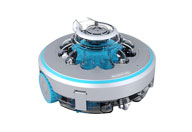 Robotic Pool Cleaner
Robotic Pool Cleaner 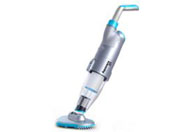 Portable Pool Vacuum Cleaner
Portable Pool Vacuum Cleaner 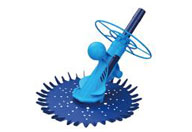 Automatic Pool Cleaner
Automatic Pool Cleaner 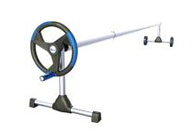 Pool Cover Reel
Pool Cover Reel 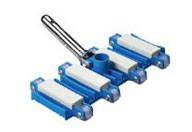 Pool Cleaning Accessories
Pool Cleaning Accessories 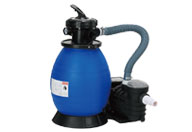 Pool Filter Pump
Pool Filter Pump 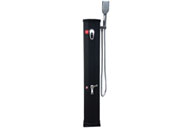 Pool Solar Shower
Pool Solar Shower 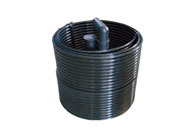 Pool Solar Collector
Pool Solar Collector 

